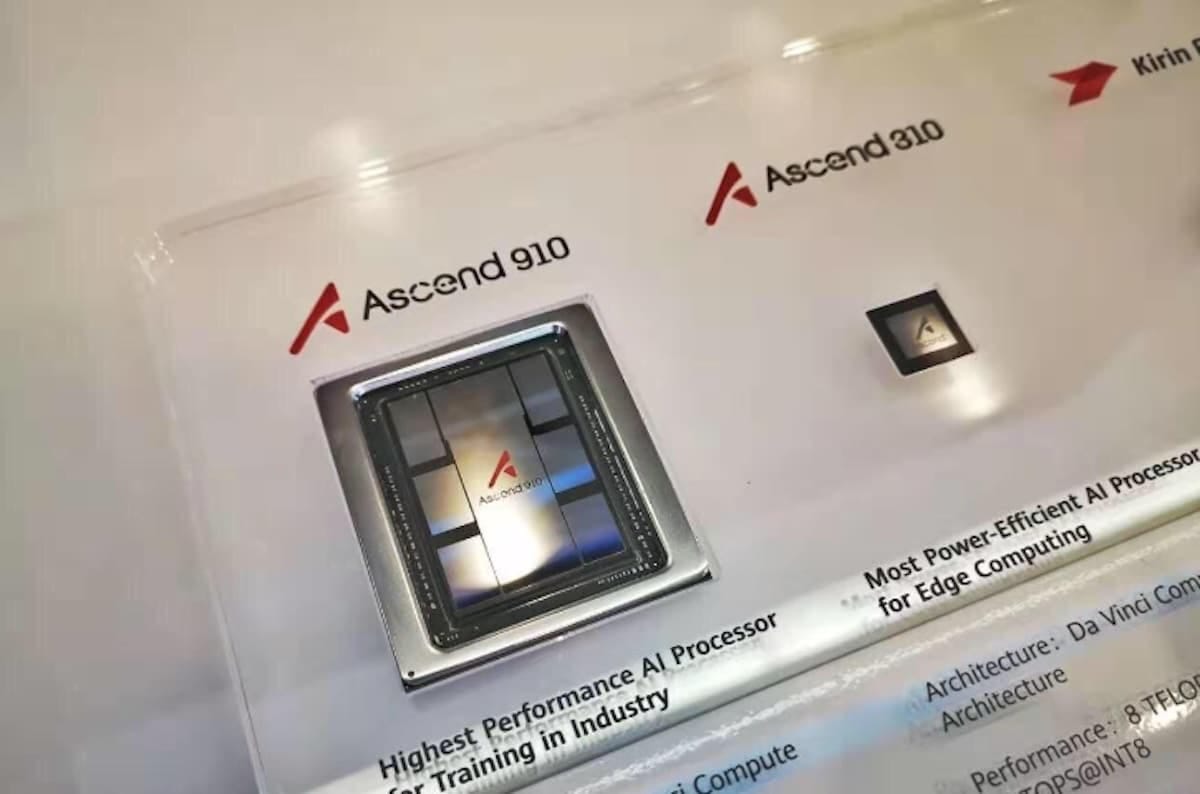Sure! Here’s the translation:
—
The company is driving its own supply chain for AI and mobile processors as the U.S. intensifies trade restrictions
Huawei is building a megafactory for semiconductors in Shenzhen that aims to change the game in the Chinese tech ecosystem. According to the Financial Times and confirmed by other industry sources, the project is intended to increase the production of Kirin and Ascend chips through its subsidiary HiSilicon. This strategic move aims to drastically reduce dependence on foreign suppliers and consolidate a national supply chain focused on artificial intelligence and advanced computing.
In a context marked by restrictions imposed by the Trump Administration and extended by its successors, China is doubling down on efforts to achieve technological self-sufficiency. With financial backing from the local government, Huawei is now leading an initiative that could transform it from a device manufacturer into a key player in the semiconductor sector.
Shenzhen: The Epicenter of the New Chinese Silicon Valley
The construction site, as reported, will be located near other significant foundries like Pengxinwei and Shenzhen Pensun, suggesting that Huawei is not just building a factory but could be shaping an authentic foundry hub. This production center would allow the company to coordinate its supply chain much more efficiently and facilitate collaboration with local partners.
The megafactory is expected to produce Kirin chips—targeted at the mobile market—and Ascend processors—aimed at artificial intelligence applications—using 7-nanometer manufacturing technologies, an advanced node that until now has seemed exclusive to major global foundries like TSMC and Samsung.
Huawei, Beyond Hardware: Total Vertical Integration
This new step confirms Huawei’s transformation into a company capable of controlling all links of the technological chain. As highlighted by Dylan Patel, founder of the consultancy SemiAnalysis, “Huawei has embarked on an unprecedented effort to internally develop all links of the AI supply chain, from wafer fabrication equipment to model building. We have never seen a single company attempt to do it all.”
The company already leads hardware manufacturing for AI in China, and with this megafactory, it aims to become self-sufficient in key components that it has traditionally had to import. Meanwhile, initiatives like DeepSeek, supported by Huawei, are developing their own AI models capable of competing with OpenAI, without needing to use expensive NVIDIA hardware.
The Role of the State and Geopolitical Pressure
Although Huawei will not directly manage the plant—SiCarrier and SwaySure will take that role—it is providing the financial, technical, and managerial resources that structure the project. The institutional support is evident: the local government of Shenzhen backs the project as part of its national strategy for technological independence, especially following sanctions that have limited the export of advanced technologies from the U.S.
For Washington, Huawei’s evolution represents a significant challenge. Even NVIDIA has warned the U.S. government that the restrictions could backfire, pushing the Chinese giant to develop its own alternatives more quickly. As the Chinese market moves away from reliance on foreign suppliers and turns towards domestic products, companies like Huawei are gaining market share and increasing their R&D investment capacity.
A New Global Landscape for Semiconductors
The Shenzhen megafactory is not an isolated event but part of a broader trend. China has transitioned from being a dependent buyer of foreign chips to controlling 38% of semiconductor manufacturing equipment worldwide, according to McKinsey. This shift not only challenges the U.S., South Korea, and Europe but also reconfigures the balance of power in a crucial sector for the digital economy.
In this new scenario, Huawei positions itself as the most ambitious player within the Chinese ecosystem. Its commitment to a fully integrated and autonomous supply chain not only strengthens its position against sanctions but could also redefine the business model of major tech companies worldwide.
Meanwhile, the big question that remains is: can Western powers contain this acceleration of Chinese industrialization, or are we witnessing the dawn of a new technological era dominated by Beijing? The answer is literally starting to be built in Shenzhen.
—
If you need anything else, let me know!

